There are many reasons why you might want your family members to join you in Italy.
Maybe you’re newlyweds, or maybe you’re a single parent who’s just been offered a great job. Maybe you’re the primary carer for your elderly dad, and don’t want to leave him alone back home.
But just like no two families are alike, no two family visa applications are exactly the same. Here’s what you need to know about the process of applying for a family visa in Italy.
What is a family visa?
Family visas allow immediate relatives — barring your brothers and sisters — to join a person already possessing legal residency in Italy for longer than 90 days and to receive long-term residency (the infamous permesso di soggiorno).
If you are the legal resident, remember that their stay in the country is conditional on yours — you will be asked to demonstrate that you can support them in an adequately spacious household.
There are two types of family visas: family reunification visas and family cohesion visas. Both are explained below, based on the latest official information available.
Who is eligible?
In Italy, family visas can be issued to spouses, children, and even parents — under the right circumstances.
Spouses or civil partners alike can apply for family visas, as long you have documentation attesting to the relationship.
Children can apply if they are still minors, or if they are disabled and require care. You need not be the biological parent — children of spouses are also eligible.
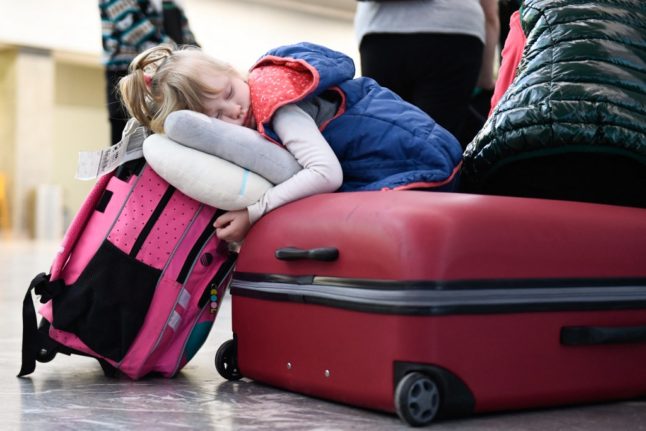
Lastly, parents can also enter Italy on family visas, provided they are unable to care for themselves and have no other capable children or dependents in their home country.
If you are the parent of an unaccompanied minor legally resident in Italy, you can also apply.
Siblings and more distant family, meanwhile, are not eligible.
Plan your arrival
When it comes to family visas, how you arrive in Italy is important. It’s here the two types of family visas become distinct.
Family cohesion visas are issued at the border when families arrive together. This is typically easiest for people arriving from visa-free countries, which receive an automatic 90-day tourist visa on arrival.
If you aren’t from one of these countries, you may be able to apply at your home embassy for a familiari al seguito visa, which will allow your relative to accompany you.
If you arrive together, you will be able to apply from within Italy, at your local Questura, which typically gives you more time to get your documents together.
You will still need to prepare some key documents in your home country, though — so read on.
If you arrive seperately, you will need to follow the more complicated route to apply for a family reunification visa. These are issued by the embassy in your home country and have some additional requirements spelled out below.
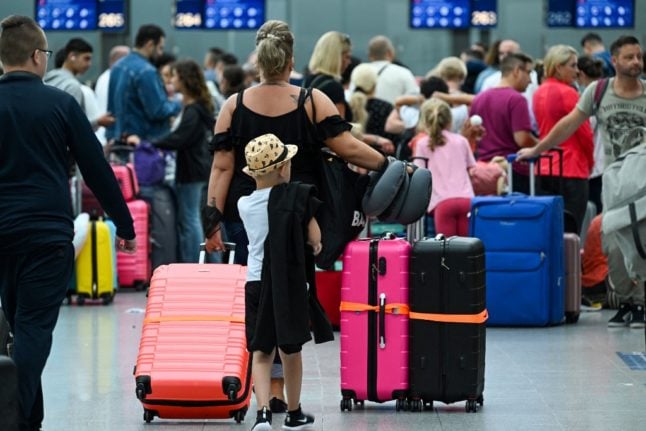
Prepare your documents at home
Many of the documents you will need to apply for a family visa must be arranged in advance while you are still in your home country.
For both categories, you will need proof of your relationship — like a marriage or birth certificate — that has been translated and certified by the local Italian embassy.
If you are traveling with a child but without one of their parents, you will also need a letter from the other parent or guardian that has been notarized by the embassy or consulate in their country of residence.
To receive a family visa for your child, partner, or parent, you will need to meet certain minimum residency, housing, and income requirements, and be able to demonstrate them.
First, you will need a residence permit (permesso di soggiorno) valid for at least one year (or, if you are arriving at the same time, proof of a long-term contract that will secure you that permit).
When you apply, you will also need to demonstrate you earn a certain minimum yearly income set annually by the government.
This amount is equal to the annual social allowance or assegno sociale plus 50 percent for each dependent.
In 2023, the assegno sociale jumped significantly due to rises in the cost of living. Now, it is equal to €6,542.51 per year.
That means, if you are bringing a single dependent, like a spouse, you need to earn €9,813.76 minimum per year. If you’re bringing two kids, a spouse and an elderly parent, that jumps to €19,627.27.
You will also need to demonstrate that you have adequate housing for all these dependents.
That means a housing contract for an apartment with a minimum of 45 square meters of space and one bedroom for two people. Or, in the second scenario above, an apartment of more than 110 square meters, and three bedrooms.
Lastly, if you are caring for an elderly relative over the age of 65, you will need to provide proof of health insurance that will cover them during their stay in Italy.
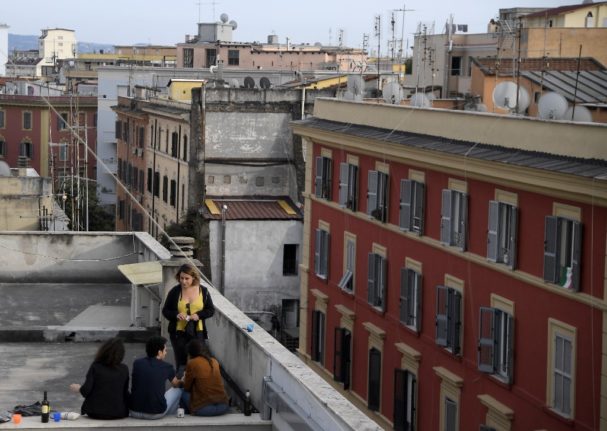
How to apply
Once you have these key documents together, you will take a slightly different route depending on where you are coming from.
If you are married to an EU citizen or come from a visa-free country, you may enter the country on a 90-day tourist visa and begin your application at the local Questura (see below).
If, however, you typically do require a visa to visit the EU, and you are arriving separately, the person you are joining in Italy must first apply for something called a nulla osta, a pre-clearance issued by the local authorities, on your behalf.
The process of applying for a nulla osta has been simplified greatly over the years, but it can still take weeks to secure — and keep in mind the person living in Italy will need to already have their residency permit before they can apply.
The process begins by buying a €16 tax stamp at the local post office. Then, they will use an online form with the Ministry of the Interior to apply.
They will need a SPID (government services login) to use the form, which they can get at your local post office.
After uploading some info, they will usually receive an appointment to bring the key documents outlined above to your local Questura.
When the application is finished, they will be given an original copy of your nulla osta, and the embassy in your home country will be automatically notified.
This clearance is valid for only six months, and you will need the original when you apply for your family visa at the embassy — so get your family member in Italy to pop it in the mail as soon as you can.
To begin the application, you will usually need to make an appointment with the embassy to go through your documents — though double-check with your local consulate, as some countries, like Canada, prefer documents be mailed.
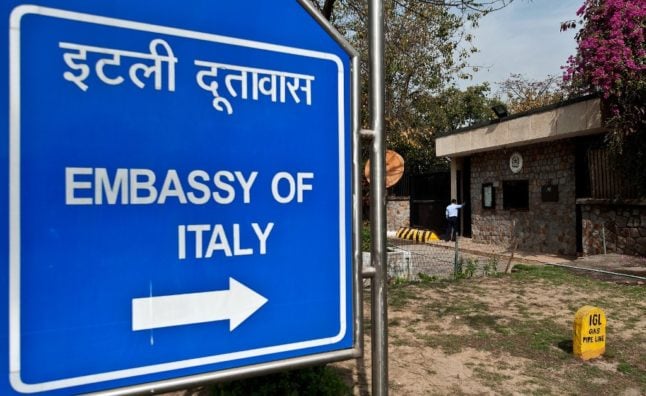
If so, you’ll need a big envelope, because the documents you need are numerous.
These are:
- A completed application form for a national long-stay visa (see an example from the Italian Consulate in London here);
- A copy of your passport, valid for at least 3 months, which the embassy will take while considering your application;
- The original and a photocopy of the residence card of the person you are joining in Italy;
- A written declaration from that person requesting your presence and attesting to the fact that they meet the minimum requirements;
- A copy of the housing contract showing adequate space;
- An S1 form showing the homeowner’s consent (example here);
- A copy of the nulla osta from the local Questura;
- Proof of one-way travel, being either a plane ticket or, if driving, proof of license, insurance, registration, and rental documents, if applicable; and
- Four passport photos.
For minors, you will additionally need:
- Written consent from any parents or guardians not traveling with the child, notarized by the local embassy;
- Photocopies of both parents’ passports
If a parent is joining you, you will need to provide proof of money transfers, rental receipts or other examples of their dependency, plus medical documentation showing that they cannot care for themselves.
Last but not least, you will need to pay a fee of €116 and enclose proof of payment with your application.
What next
If you arrive together or enter Italy on a tourist visa in the situations spelled out above, you will still need much of this documentation (aside from the nulla osta) when you apply at the local Questura for your residency.
Your residence permit will be valid for the same duration as the one held by the person you are staying with in Italy.
If you do arrive separately and apply at your local embassy, the whole process can take as long as six months or more. However, at the end of it, you will be able to work and access benefits immediately on arrival.
If not, you will need to wait until your application for a stay permit has been processed by the local Questura before you can take work or access benefits.
Please note that The Local cannot advise on visa applications. For further information, visit the Italian foreign ministry’s visa website.

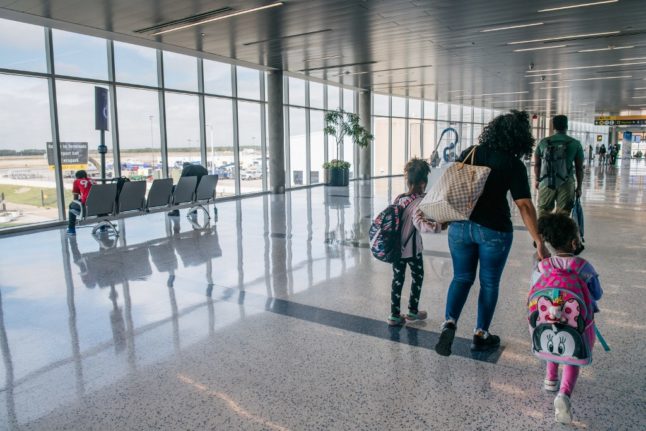

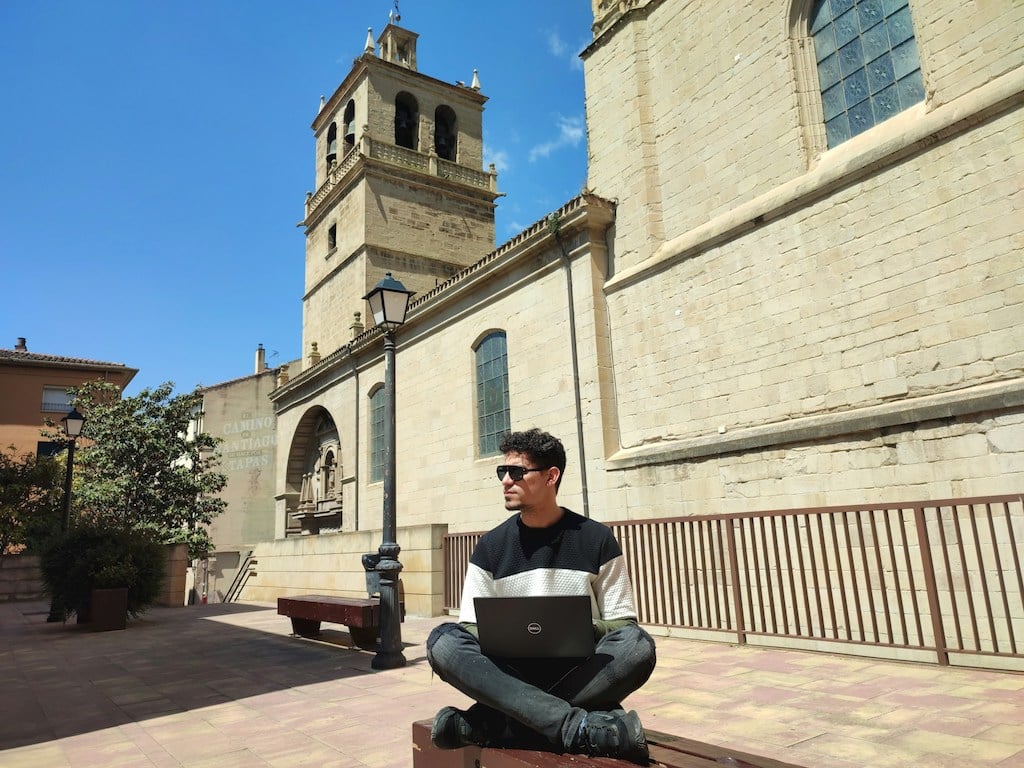

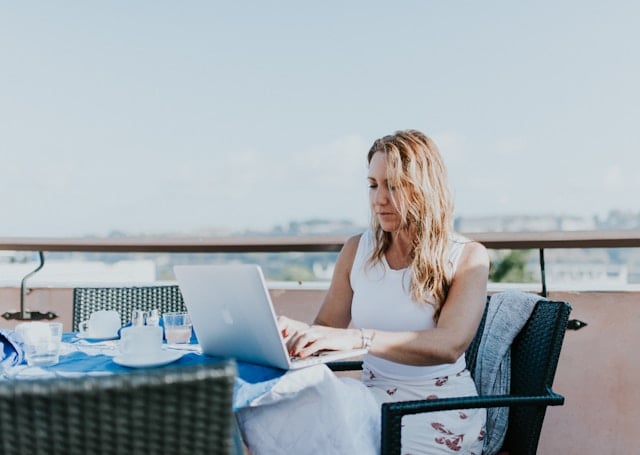
 Please whitelist us to continue reading.
Please whitelist us to continue reading.
Member comments